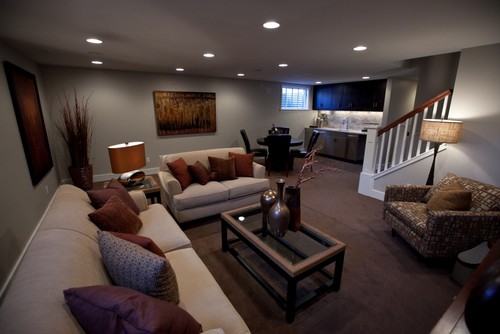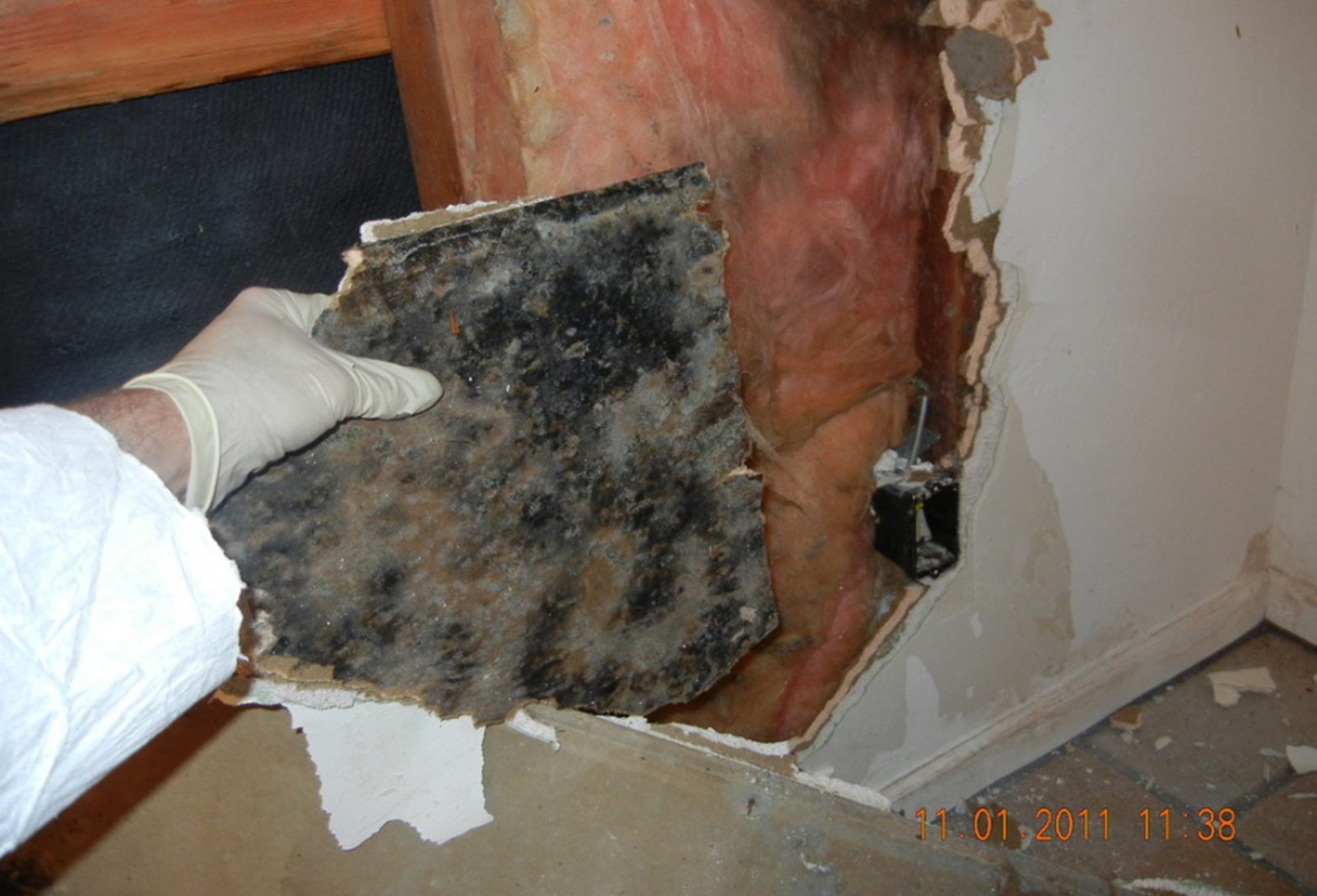What might happen to our home if we fail to pay enough attention to foundation insulation? Many problems can occur: such infiltration by water that can cause damage to the structure and the occurrence of dampness.

Photo by Orfield Remodeling, Inc – Browse basement ideas
This water infiltration is due to hydrostatic pressure that forces water inside the basement through cracks in foundation walls.
Basement moisture can be a huge problem if we do not deal it in a timely manner.
The value of the property will decrease and we will be exposed to the risk of illness.
Keeping the water out of your basement will limit the amount of mold and mildew that can occur in your basement area. Foundation waterproofing is a long term solution that protects our home.
Waterproofing is needed anytime a structure is built at ground level or below ground. There are so many products on the market for waterproofing foundations and basements and it isn’t easy to make a choice. The construction industry is full of basement waterproofing products. Getting the right kind of waterproofing system depends very much upon what kind of environment the house is built in. Let’s mention a few types of waterproofing systems:
– Interior Sealants is a temporary measure and it is used to prevent snow and frost raising the water table. They can also help against humidity and condensation within the basement. The wood and porous construction materials absorb humidity. The result is the cracks and damages to concrete and masonry. These interior sealants can be applied directly to walls and floors. We can found them in chemical spray form or waterproofing paint.
The choice of basement waterproofing paint would primarily depend upon the current state of our basement. Applying a basement waterproofing paint is similar to applying any other paint. We have to scrape any old paint and apply a bleach solution against mold. Only after that we can apply 3 coats of paint that will be sufficient to seal the wall and make it waterproof.
But for more secure measures against ground water is a drainage system because painting the basement walls it isn’t going to stop water comes inside through exterior cracks, it is in my opinion only a clean up and a temporary solution.
Venetian Stucco – A Decorative Painting Type (howtobuildahouseblog.com)
– Exterior Sealants prevent the ground water from getting into the basement walls. Exterior sealants were before asphalt-based damp proofing but now they are made with a polymer base. This kind of material will last very long time, in fact the life of the building. The sealant should be put on during the construction of the house.
– Interior Basement Waterproofing drainage; One of the most common system is interior French drain. This interior French drain system is created by sawing out a channel of concrete in the basement floor, at the base of the foundation wall, near the footing. Perforated pipe is put in the dug trench within the gravel, crushed stone or filter fabric to prevent clogging. The pipe drains to the basement low spot where is a sump pump.
←Water Guard is a drainage system engineered to solve basement water problem. In fact is a channel designed to sit on top of the footing and out of the soil under the basement floor that means it will never clog. Along the walls Water Guard has a wall flange, between the wall and floor that allow the water from the walls to drain without allowing dirt and debris from the floor to enter. The collected water will be drained to a sump pump located in the lowest spot of the basement floor.
– Exterior Basement Waterproofing. Home owners often face a dilemma of whether to go for an interior or exterior basement waterproofing. Exterior basement waterproofing is often compared to interior basement waterproofing. It is wrong.
Exterior basement waterproofing prevents the entry of the water of the water from the outside and in the same time mitigates the hydraulic forces exerted by the groundwater on the walls of the basement. The big difference is that, the exterior waterproofing can prevent the basement walls from getting damaged. The water fro outside can destroy the paint and the insulation. For sure the exterior waterproofing remains the best waterproofing system.
←Again, one the most common is a french drain system that is method used to eliminate freestanding water away from a building. French drains, simply well dug trenches filled with gravel, sand and sometime a drainage pipe. This system should end at a point of the property that will not drain back toward the building.
There are many advantages of an exterior waterproofing: it prevents our basement from getting flooded; it protects our walls; it inhibits the growth of mold and mildew increasing the usable home space; and the most important thing keep the foundation intact and secure.
On the other hand the exterior waterproofing has some disadvantages: It involves excavating earth from around the foundation of the house. A good waterproofing is not only spray applied, it involves modified asphalt or urethane sheets. They have self sealing properties and generally do not harden upon curing.
Our home is a long term investment that requires home foundation waterproofing products that last as long as our home. If ii fails, moisture will have free passage through our foundation waterproofing and any cracks into our home. Don’t mention the mold and mildew that will decrease the indoor air quality, lower the house value and increasing the risk of illness. Preferably, our house should be waterproofed during the time it was constructed, that it is the best to ensure an efficient water defense.
Using sealants and installing sealants may help prevent water leakage but will be a solution for the moment. The best solution remains exterior basement waterproofing; it is more costly but more efficient one.


